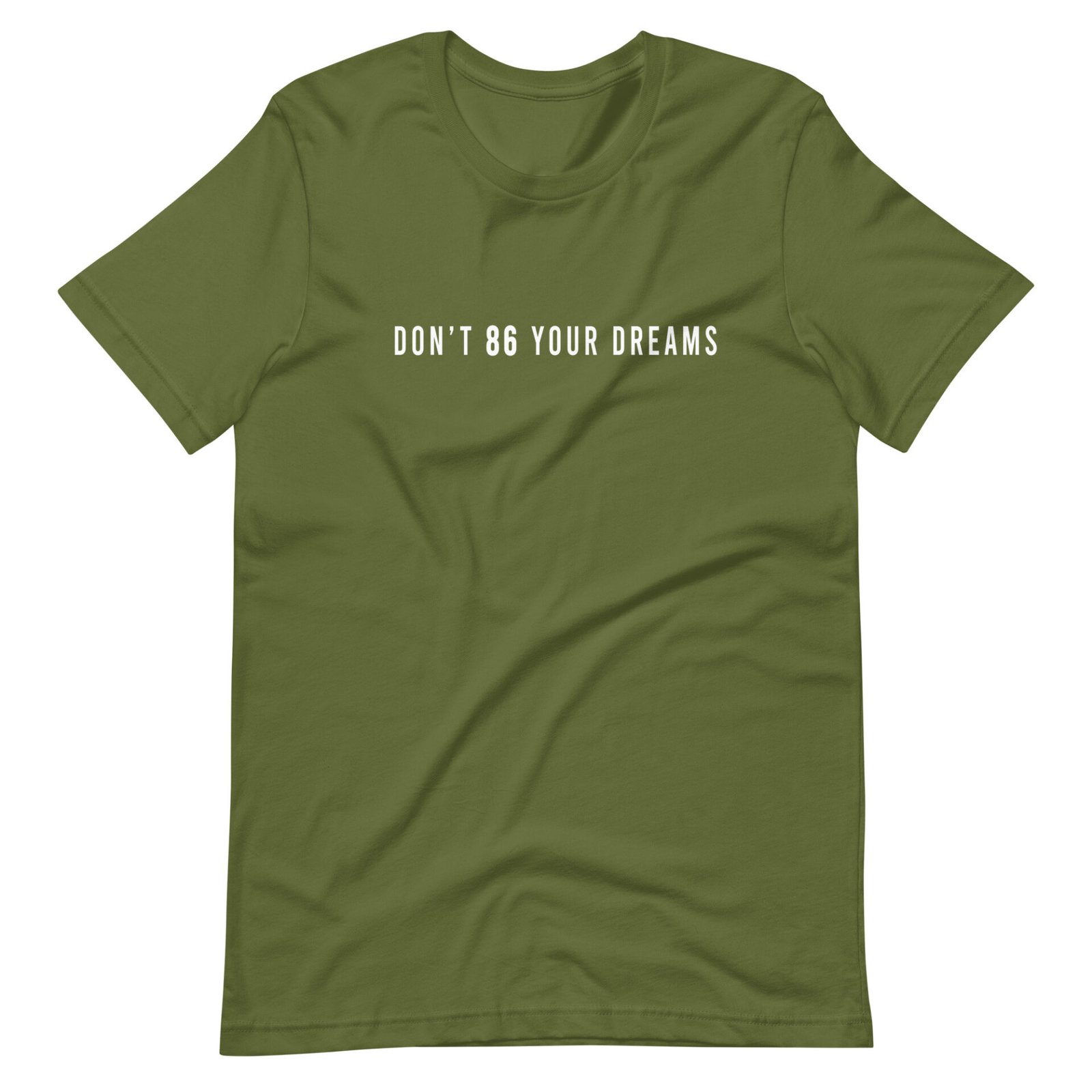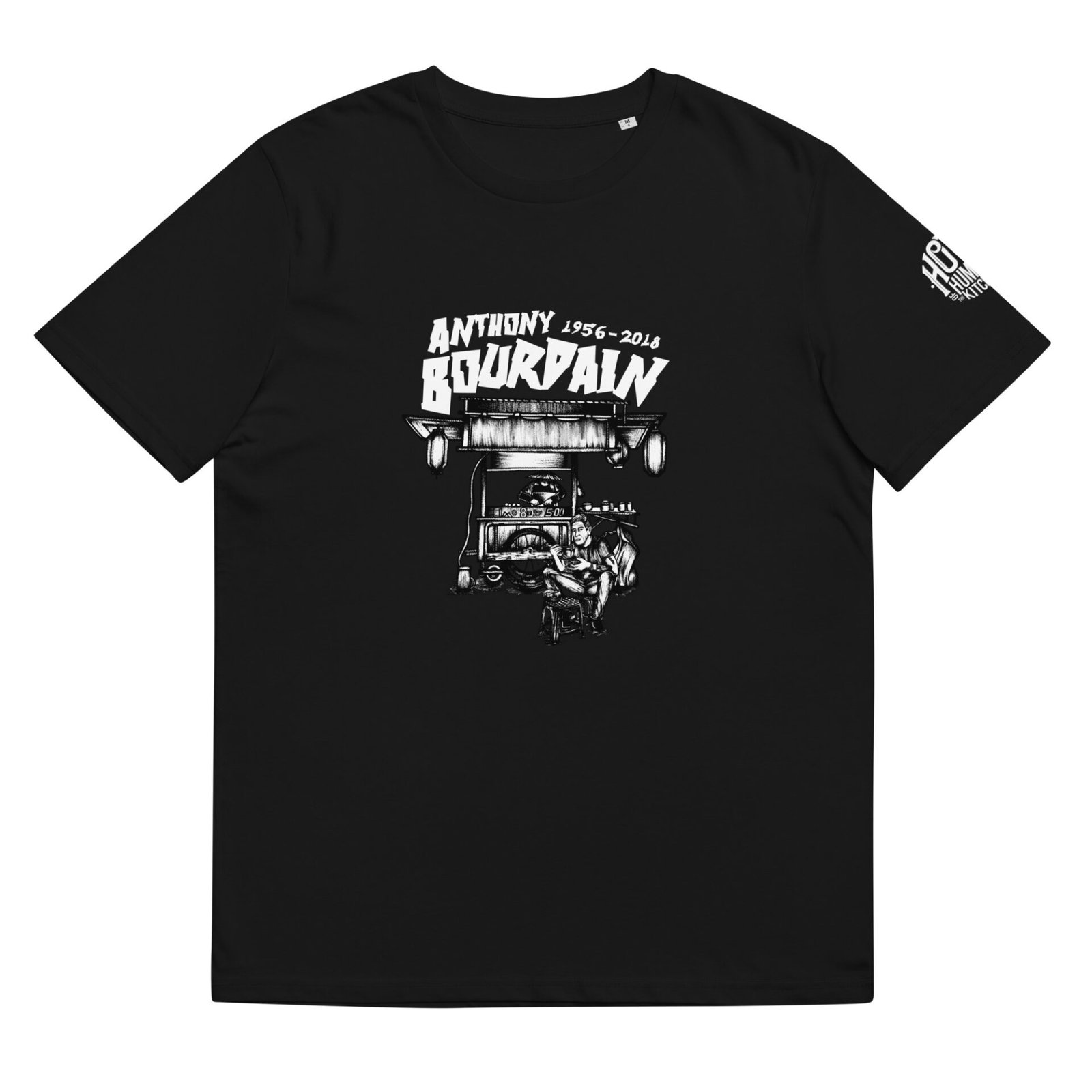If there is one common element between a single photo and a casual meal at home – it is that they are singular. There are no expectations for a comeback, no previous references to compare to and they are open to improvisation. As a single piece of art, it’s able to stand alone and defend its singularity.
When creating a full menu, art collection (or even a thematic Instagram Community), the goal is to deliver a consistent product. Each piece must join the connection; from the first to the last, without losing the audience or its goals.
When we first started – as with every new project – the learning curve was steep. Finding a proper look for our pictures and creating a place where we could have photos that tell a thousand words wasn’t easy.
We needed to take a step back and ask ourselves; what do you feel when you are in the kitchen, in the middle of the rush? I have to say that a lot of things are happening there, but we decided to pick drama – to illustrate the dark side of the kitchen.
I want to talk about our unique touch that makes sure each photo belongs to our grid, tells a story and is used to open a conversation about my medium; Photography. I invite you to pick up your camera, use it everywhere and talk about it.
To tell the right story to our audience we must first prepare the base. In editing, to enhance the drama we want, we use low key (Dark photos) and highlight our subject. I also want to give it a cinematographic touch by lowering the saturation.
With these three elements we form the look. Now for the composition. Whenever possible, I prefer to leave breathing room in front of my subject. This give the impression that there is something they are looking at. I am not very strict with the rule of thirds, but it usually helps me find a more balanced photo for the composition. Lastly, I crop my images to a 4:5 ratio. This adds some identity to the sequence and works great for Instagram Posting.
Finally, I go for the details. Since I have a dark and decolorized photo, I need to highlight my subject and pull them out from the background in order to help them stand out. For this, I usually add light to the face along with any other important element in my frame. We do not do any major photoshop editing, transformations or modifications to the original photo but use it for balancing the exposure, adjusting temperature and basic values. Every kitchen is different in regards to light, color, and space.
We shoot RAW using a Canon 5D MK IV with a 50mm f/1.4 and a Canon EOS R with a 24-105mm. All the post-processing is made using Adobe Lightroom with some recent experimenting in Capture One.
- 1
- 2




